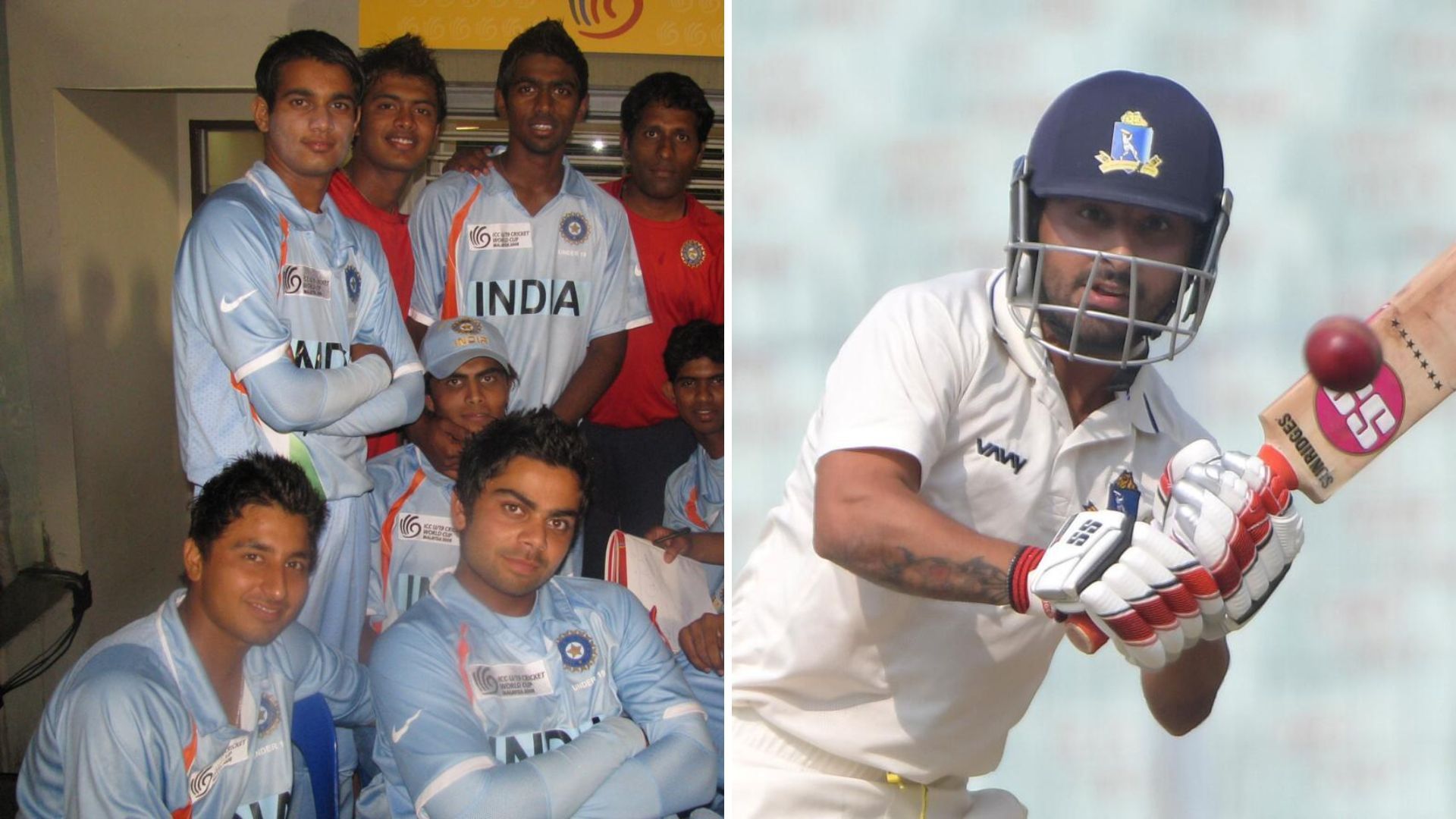
"We didn't know who Kane Williamson was and we didn't care!" - Shreevats Goswami's path from U19 WC champ to grizzled veteran of the unforgiving game
Having been decommissioned recently, the Kinrara Academy Oval in Kuala Lumpur may never play host to a top-level contest again. The ground, like all that belongs to the earthly space, will eventually fade away from the common memory. Ardent fans, however, will know that the small ground with a capacity of a mere 4,000 once played host to arguably India’s most famous U19 World Cup campaign.
The pictures from the 2008 U19 World Cup final, a clash that is remembered and talked about to this day, have stood the test of time. A certain Virat Kohli prancing around with a stump in his hand; Ravindra Jadeja matching him scream for scream and stride for stride; Siddharth Kaul scalping the last wicket and sliding around, with his teammates in hot pursuit.
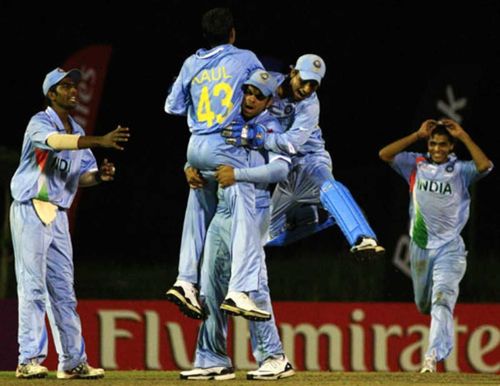
Few think of the semi-final, which proved to be a tense contest India clinched by a three-wicket margin at the same venue. New Zealand managed 205 in their 50 overs, and surprisingly, only one bowler sent down more overs than Kohli. In the 27th over of the Kiwi innings, the Indian skipper played an essential hand in one of the moments of the tournament, one that has stood the test of time and then some.
Kohli trundled in and released the ball, which rather miraculously headed in the general direction of the batter. Kane Williamson shaped up to play the flick, only to realize, far too late, that it was beyond not just his reach but also the limits of his balance.
Williamson inevitably, almost in slow motion, ambled out of his crease. The ball settled in the hands of the wicket-keeper, a player whose performances throughout the competition went under the radar. He grabbed the ball with two gloves, sent the bails to various corners of the ground with one, and then followed the bails around with his cock-a-hoop celebrations.
[You can watch the video here.]
The wicket-keeper? Shreevats Pratyush Goswami, who tallied two half-centuries in the 2008 U19 World Cup in a contribution that flew well below the radar. He scored 153 runs, a total that eclipsed those of names like Kane Williamson, Steve Smith, Ahmed Shehzad, Rilee Rossouw, Umar Akmal and Paul Stirling, among others.
In an exclusive chat with Sportskeeda, Goswami looks back on those days with a broad smile on his face and more than a dollop of nostalgia.
“Firstly, what a stumping that was! [laughs] That was amazing! Back in the days, we didn’t have this habit of looking at our videos. All these videos are circulated now, and it’s funny to look back at. No helmet on, no such habit of wearing it. Down the leg-side. Virat Kohli, weird action. Inswing. Didn’t know who Kane Williamson was, and we didn’t care! That’s how naive we were. We just wanted to get someone else out,” Goswami recollects.
“We didn’t have any wicket-keeping coach or anything like that during the day. I learned keeping after my U19 days, when I met Mark Boucher. Before that, it was just ‘wear your gloves and take catches’. It wasn’t much of a technical thing. There were a few camps here and there with Kiran More, and [Syed] Kirmani sir used to come now and then. The NCA used to conduct wicket-keeping camps that helped us, but we wouldn’t have any specialized training when we came back home. Now, when I look back on that stumping, I’m like ‘Well done, man!’”
"I didn't even know that there was something called the Ranji Trophy" - Shreevats Goswami and the innocence of youth
![Shreevats Goswami [on strike] in action back in February 2008](https://statico.sportskeeda.com/editor/2023/08/e2056-16932764011813-1920.jpg)
What has changed? Between 2008 and 2023, the cricketing landspace has become almost unrecognizable. When Goswami won the U19 World Cup, the Indian Premier League (IPL) was nothing but a far-fetched concept whose rapid upward trajectory few could’ve predicted. It’s now a global extravaganza, with T20 leagues quickly monopolizing the calendars of some of the world’s best players.
"The game has become much more commercialized," he says. "When we started playing the game, we didn’t have too much knowledge about what levels of cricket there are. I didn’t even know that there was something called the Ranji Trophy, after the age-group levels. In the era of social media, everyone knows everything. We were naive, which was sometimes a good thing. These days, certain knowledge is dangerous."
"Our aim was to always play for India. Later, I got to know that there’s something called the Ranji Trophy. These days, even if you don’t score in the Ranji Trophy, you can get picked for the IPL and go on to play for India. We were so passionate about the game. Nowadays, with so much money coming in, the focus is 60% money, 40% game. Money is so important, of course, but I feel I shouldn’t be the driving factor. Not to say that people aren’t passionate or anything like that, but should it be 60% game, 40% money?" Goswami ponders.
“Whatever I’m saying right now, the youngsters won’t understand, just like I didn’t understand it when I was younger. It’s all part and parcel of the journey, and everyone has their journey. I feel the game is taking a backseat right now; it’s become more showbiz. Even normal cricketers need to put themselves out there and earn a following. Players who haven’t even played at the first-class level portray themselves on social media in a certain way; I don’t know how good or bad that is,” he elaborates.
"You can't ask Hardik Pandya to behave like Abhimanyu Easwaran and vice versa" - The virtue of staying true
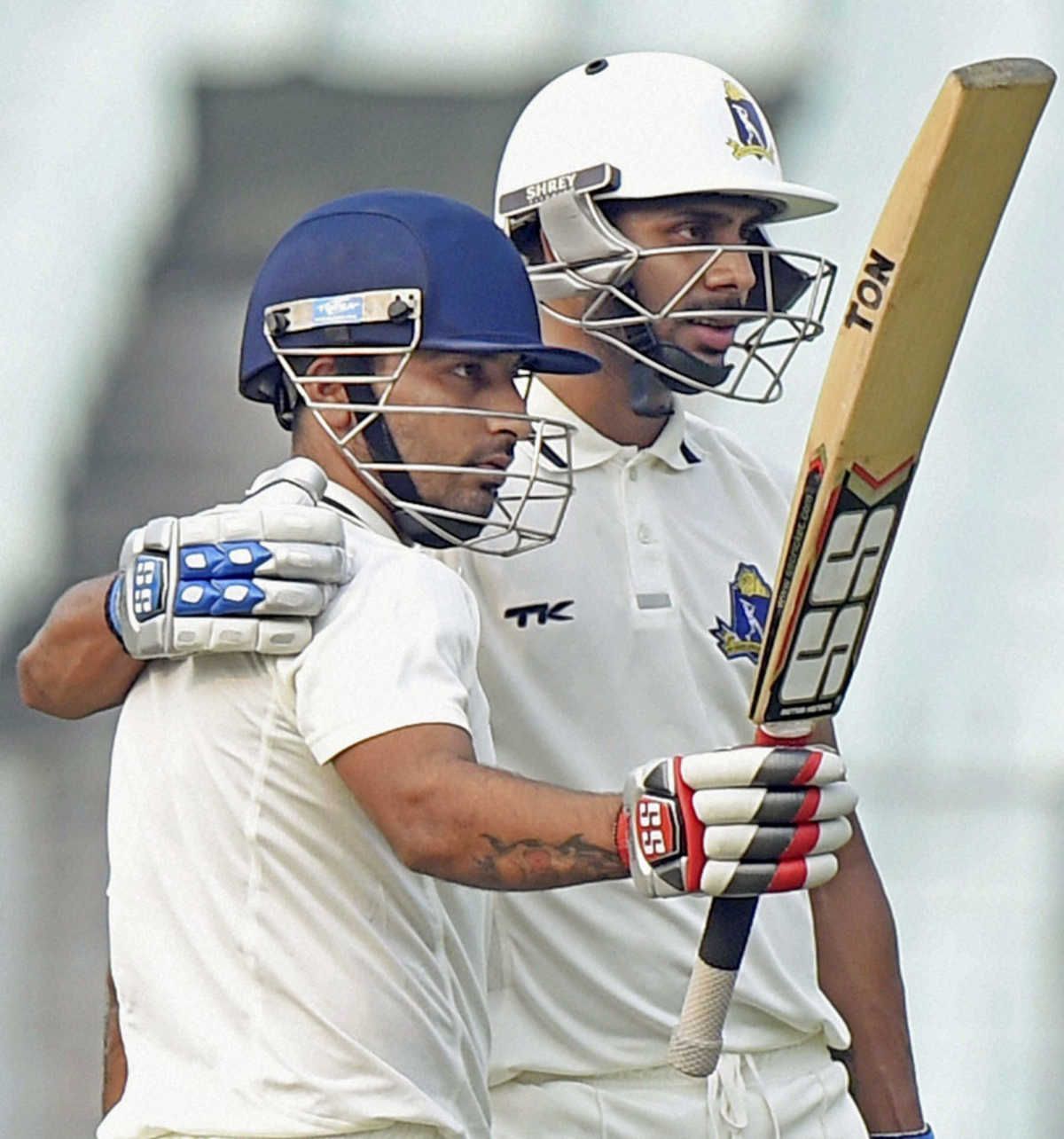
The things Goswami says might seem like generalizations at first glance, but there are more than a few grains of truth in them.
Take the example of players from the veteran’s own home state, Bengal. Abhimanyu Easwaran has toiled away in the domestic circuit and India A without any international caps to his name. In fact, even a national Test call-up has been hard to get.
Easwaran is just one name among several to have received the short end of the stick from the selectors. Moreover, a door that shuts on one person generally opens up for another, and certain players have had the rub of the green even if their performances haven’t merited their degree of involvement.
A lot of talk has been directed at the nature of the personalities who have missed out. In this modern era of widespread digital media, off-field personas have arguably become more important than ever, for better or worse. What does Goswami think about such a double-edged sword?
“It completely depends on the individual. You cannot ask Abhimanyu Easwaran to behave like Hardik Pandya, just like you can’t ask Hardik Pandya to behave like Abhimanyu Easwaran. But both shouldn’t hamper their own progress in the game. Sometimes, you tend to feel that people like Abhimanyu and Mukesh [Kumar], their cricket has been hampered because they’re not in the limelight much. They’re not visible enough, which I feel is wrong,” Goswami says.
“Even in List A cricket, Suryakumar Yadav and Sanju Samson, these guys have played so much for India, but their domestic records in the format aren’t so good. They’re huge IPL superstars. At the same time, there are so many players who don’t play IPL but have superb List A and domestic records, and don’t get a look-in. That’s the selectors’ job, to watch domestic cricket and see who’s doing what. Guys like Abhimanyu, Sarfaraz Khan, Sheldon Jackson - lot of cricketers who need to get their due. Given an opportunity, they will also do well for the country,” he adds.
Take a look at India’s most recent all-format debutant, Mukesh Kumar. The 29-year-old has plugged away to represent the Men in Blue in all three formats, but the journey has definitely been difficult. He may not give you golden sound-bites in an interview or be plastered across the face of every other billboard in town, but few can question his commitment to the game and overall skillset.
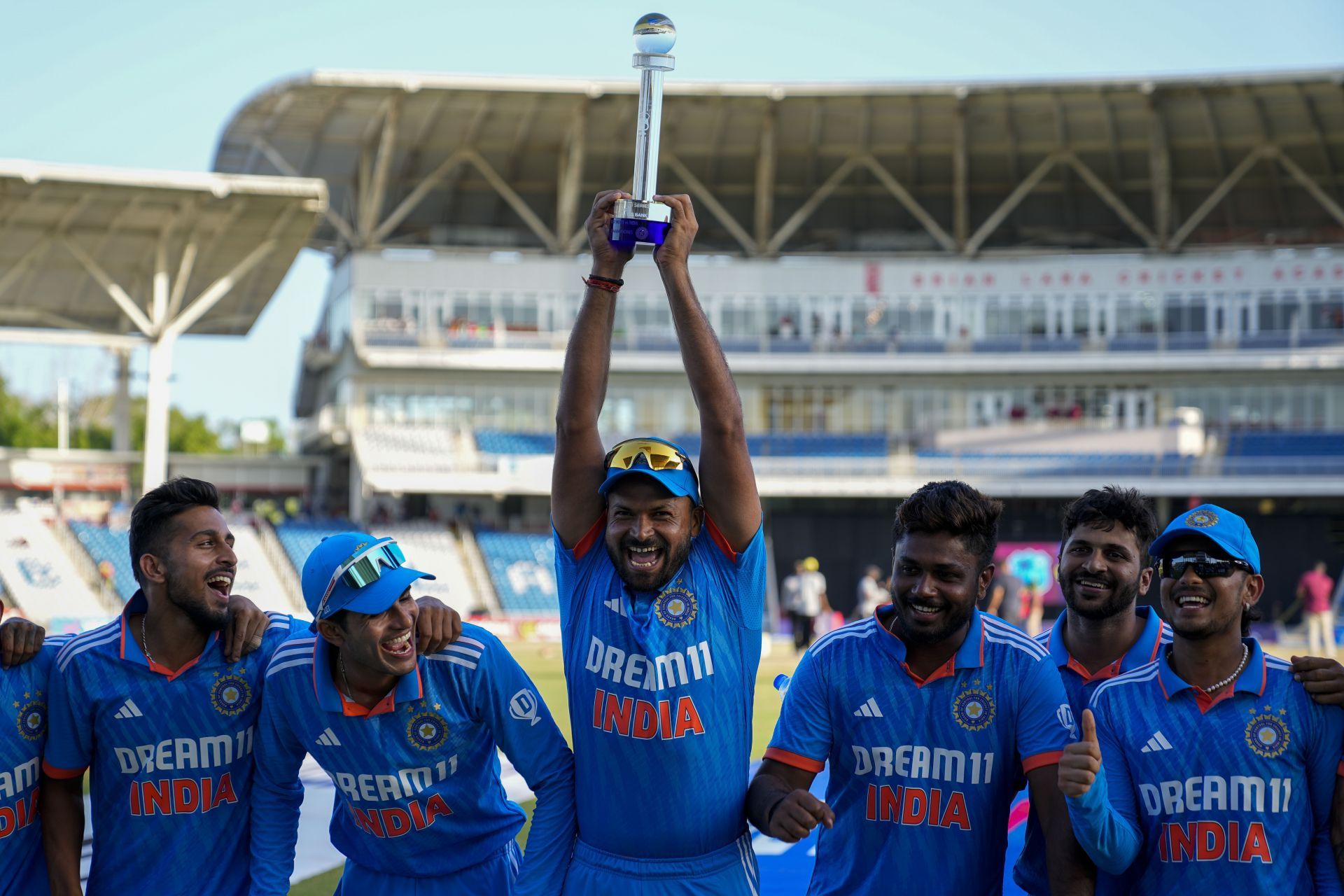
Goswami is quick to bring attention to the same. He highlights the fact that there need to be more such success stories in today’s world of cricket - domestic cricket is chock-full with cricketers of a similar ilk, cricketers who are desperate to be pulled out of obscurity and be recognized for their unique inconspicuousness.
“Look at someone like Mukesh Kumar. He isn’t in the limelight much, whether it’s in person or on social media. He doesn’t do a lot of ads; he’s not the showman kind of guy. But he has so much talent, just runs in and bowls at the right spot. He doesn’t have fancy celebrations and an aura about himself, and that’s not a bad thing. He comes in, does his job and goes back home. That kind of cricketer is rare these days,” Goswami states.
What the future holds for Shreevats Goswami
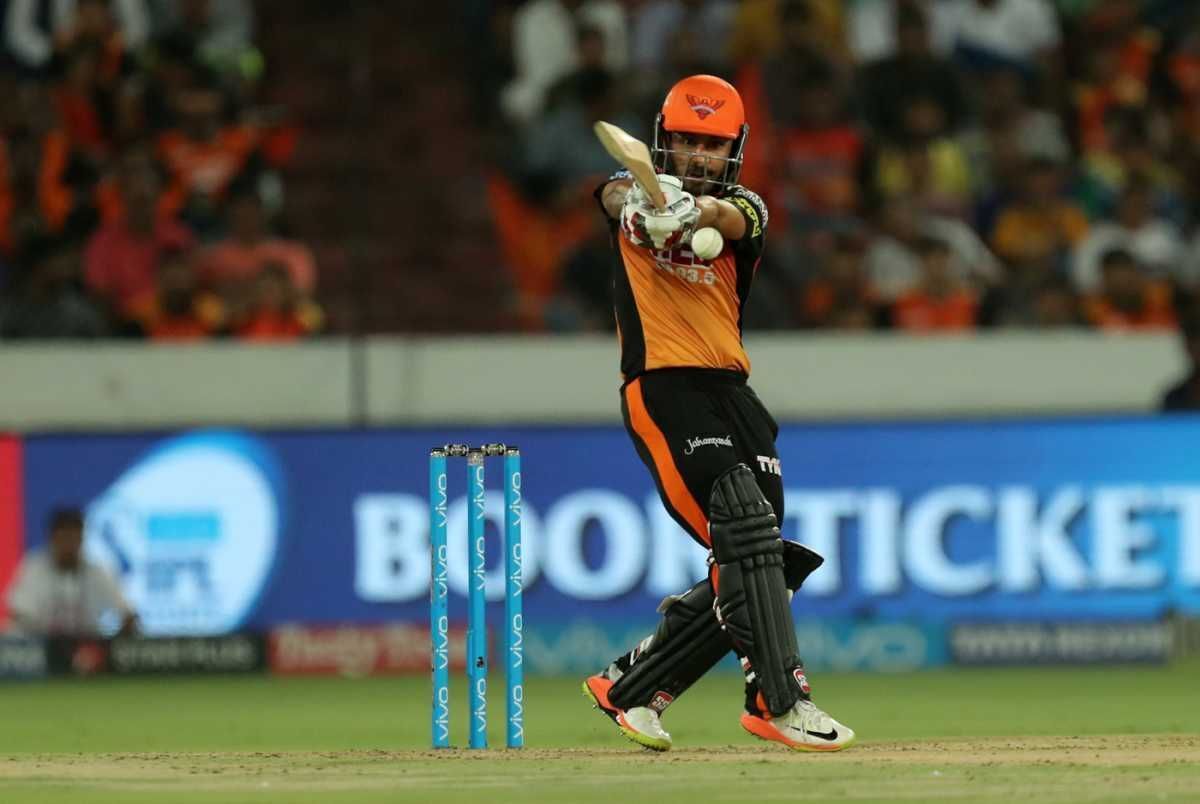
Goswami is one such cricketer. Although his game grew more dynamic over time as he adapted to the shortest format, he didn’t necessarily belong in the glitz-and-glamor, crash-bang-wallop style of cricket that has seized screens all over the country.
Although he took an NOC from Bengal to ply his trade in the Plate Group for Mizoram last year, the 34-year-old still has a lot of cricket left in him. Knowing that the spotlight only shines for so long, though, he has moved on to other pursuits that can contribute to the sport. Apart from working on developing cricket at the grassroots level, he is carving a niche for himself in the media industry on both YouTube and television.
Goswami is clear about one thing. He knows he still has what it takes to play at the highest level, and more importantly, he believes there’s nothing better than charging out onto the grass on a sunny day with his teammates beside him. He speaks about self-belief, in particular.
“Given a choice, there’s nothing better than playing the game. Commentary, opening an academy, starting a YouTube channel - these things are there but they cannot replace the passion and the emotion of playing the game. Being on the ground, being involved in a competitive team with your teammates, putting your body on the line. The best thing about Bengal is that there’s a lot of club cricket going on,” Goswami says.
“I took an NOC from Bengal to play for Mizoram, and that did not even allow me to play club cricket in Bengal - surprisingly. So I didn’t play the whole season last year, but when I play in Bengal next year, I’ll be the best version of myself. It’s okay to think that you’re the best, but you shouldn’t have that arrogance about you. Some players think they’re the best and want the whole world to know that about them; that’s arrogance. You should have it within yourself,” he claims.
Goswami’s first stint with Bengal didn’t end on the brightest of notes. He was left aggrieved after the selectors and management abandoned all communication following a difficult selection decision, one which they insisted was taken with an eye on the future. A player who has often borne the brunt of factors outside his control, the keeper-batter has been through the grind and seen it all for close to two decades now.
Having experienced the pitfalls of the current system, as have most cricketers on the domestic circuit, does Goswami think he could add value in that department after his playing career winds down?
“That’s a good point. But as a cricketer, you’ve seen the administrative side of things up really close. You’ve seen so many flaws and a total lack of communication that you just don’t want to get into it. Sometimes, you feel as a player that it’s a bad place to be in. Because we don’t say good things about our administration, so maybe when we get into it, players will not say the right things about us. It’s all about respect, and we don’t always know how it works. If I get a chance, I’d listen to the players and understand because of what I’ve been through. In fact, I think I’d be very good at it,” concludes Goswami.
Irrespective of whether he enters the administrative sector or not, Goswami definitely has a lot to offer to the game of cricket. The fire burns bright within him today, just like it did in Malaysia all those years ago. He has a bucketload of experience on his back, with an understanding of the modern game that few can parallel. Where will we see him in action next?